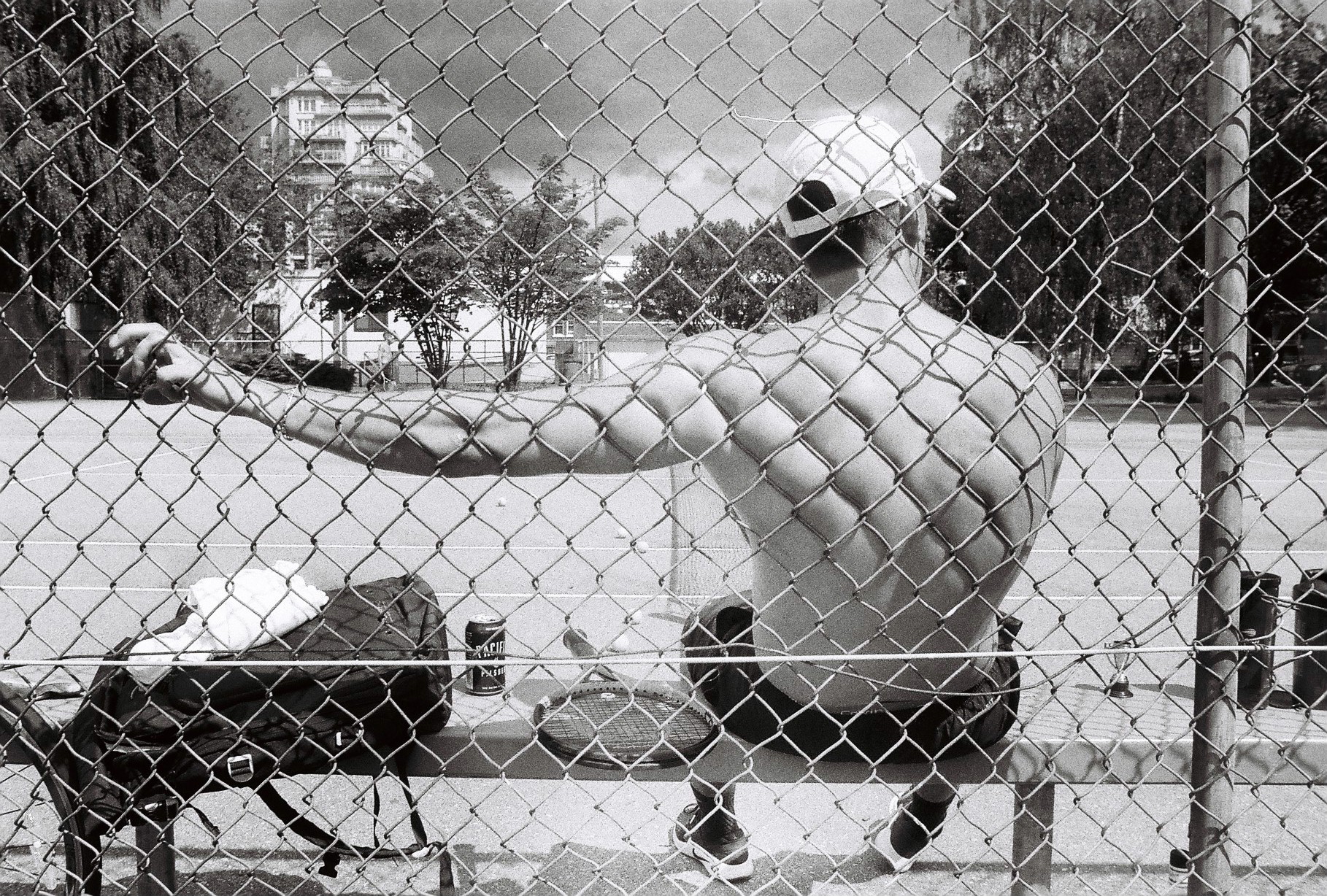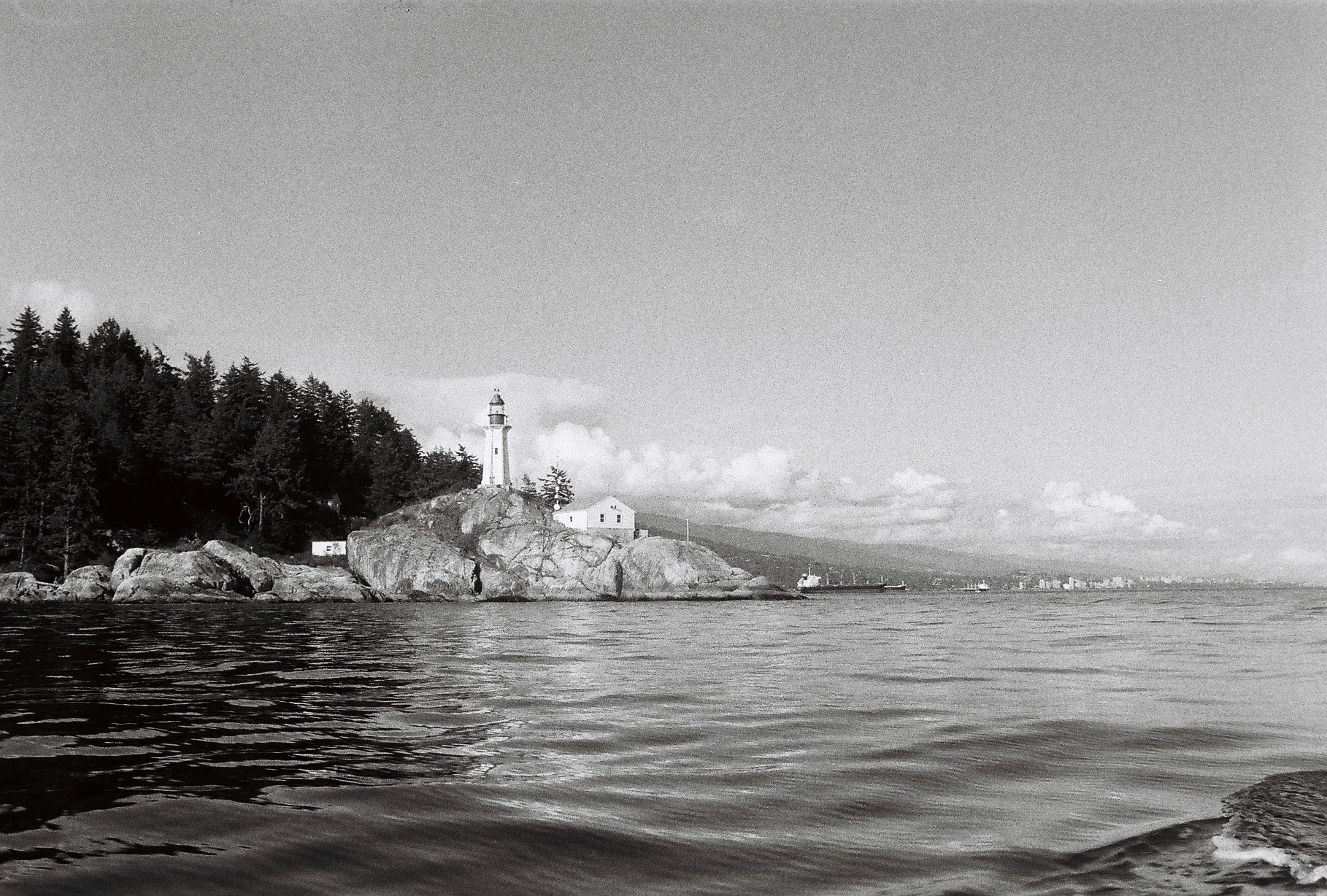What’s Next? Read next about my personal advice for working abroad, and what steps you can follow to get started.
My work experience in the North


For all who don't know me yet, I am Lea, a Design Strategist and Art Director working in Canada for over a year now. If you read in my previous articles how I pursued work experience abroad, it all may seem very determined. Truth be told, it wasn't. All the benefits of international experience got more evident to me after experiencing a mindset shift in myself.
I wasn't really well prepared when I left. All I had was three heavy suitcases, a handbag, some savings that will get me through the first months, and a one-way flight. I didn't even have a valid working visa at that time. To be a little bit more on the save side, I have registered a freelance business in Germany so that if things are falling apart, I could occasionally take on remote projects. When I found out that applying for a working-holiday was the easiest and fastest option for me to get permission to work in Canada, I began to collect all the documents that I'd need to apply. I knew that the pools would open approximately one month after my arrival. While waiting for the announcement in my new home, I updated my portfolio, began reviving the relationships I made three years before and reached out to other creatives in the city. Luckily I had already established a small network, and I didn't have to start from scratch. When the day had come, I submitted my application online. Three weeks later, my working visa got approved, and I could finally start looking for jobs.
All the benefits of international experience got more evident to me after experiencing a mindset shift in myself.
When I started searching for jobs, my goal was not only to get to know a new working culture but also to experience how different design approaches work. One year ago, I started my first job as an Associate Art Director at a Tech Company based out of China with a branch in Vancouver. I was stoked when I was put together in a team with a bunch of other newcomers from all around the globe to redesign their Brand Identity and website.
Things were a bit rocky until we figured out how we can work as a team. All of us were forced to adapt and break out of our usual routines. We needed to find a way to combine our different backgrounds, processes, work ethics, and approaches to design. All of this felt like a big experiment. Intense, but also very enjoyable. I realized that Design, how it was perceived and practiced from my colleagues, was very different from what I learned. That's when I truly started missing my comfort zone.
We needed to find a way to combine our different backgrounds, processes, work ethics, and approaches to design.
For me, the cultural adaption was the most challenging. Designers tend to be involved only in the later phases of a design process. Very seldom, they used their creative power to add value through innovation. We were often asked to focus on the aesthetics and functionality of products solely. Fighting for more, I had to explain the utility of fundamentally integrating Design into a business and the advantage of embedding it as a process throughout organizational practices. I told them that my education allowed me to dive into different disciplines and explore Design holistically to get to know every single aspect. I always sought more time for a project to make an impact and deliver higher-quality work.
People are generally very laid-back here on the West Coast, but at the same time, the pace is faster as well. Sad but true, there was almost no time for running a process, and I felt confused with a production artist. Trust me, in the beginning, you will come home extremely exhausted. Because of the language barrier, you will feel utterly incapable of explaining something. You will feel misunderstood and like an outsider. Three months passed by when I started to see things differently. I realized that what sets me apart as a Designer is that I bring a unique way of thinking and looking at things to the table that others don't have. It was interesting to see how I contributed to the project with more analytical and logical assets, and I finally started gaining more confidence in defending my ideas.
Having grown a better understanding of all of this was vital to avoid unneeded frustrations. But at the same time, it moved me to share a human-centered design process even more. At all times, I tried to be humble and stay true to myself. After ending my probation and being offered a fulltime position, I decided to found my own business and took into consideration offering Sprints and Design Thinking workshops. Sometimes to get the job you want is just creating it for yourself.
All the benefits of international experience got more evident to me after experiencing a mindset shift in myself.

Lighthouse Park, North Vancouver

Vancouver, False Creek
Vancouver is great for doing your thing. While on the other side of Canada, people hustle and work long hours, people on the West coast are more relaxed and embrace a stable work-life balance. Decades of thoughtful urban Design and planning support a climate-friendly and healthy lifestyle. The city has a vast network of protected bike paths. Many workers live in the greater downtown area, making it easy to walk or bike to work. Only recently, numerous Tech StartUps, such as Slack and Asana, quickly emerged and entrepreneurs regularly post new job listings for UX/UI, Product, or Interaction Designers. However, to me, it feels like the Design Thinking culture is still developing, and people just began to see it as valuable. In a bigger city like Toronto, creatives cultivated a much more European influenced approach over time, and you will find a wider variety of agencies, studios and innovation hubs all over the city that foster a vibrant community. Both places are very popular for people following a creative career. Whatever may seem attractive to you, you choose your own experience.
However, to me, it feels like the Design Thinking culture is still developing, and people just began to see it as valuable.
